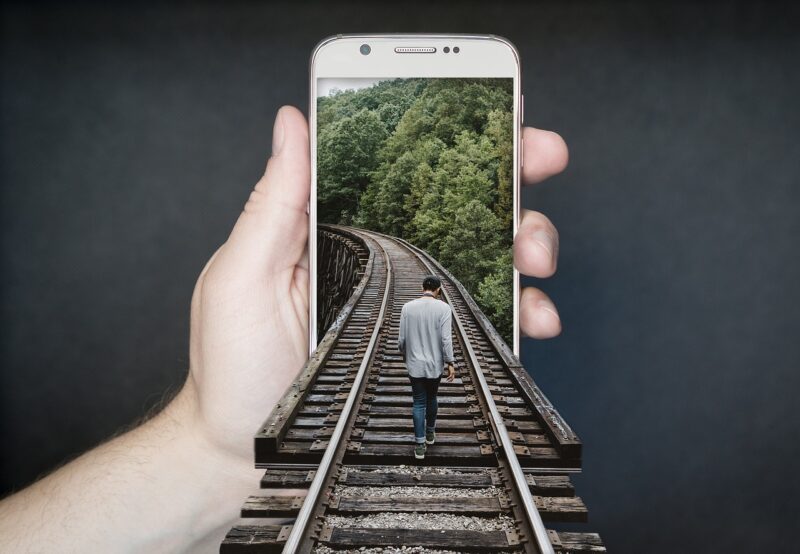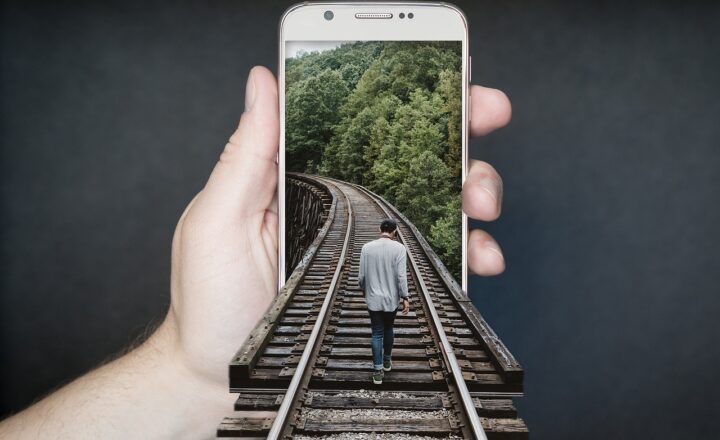The Most Popular Phones of the Early 2000s and Their Lasting Impact
November 13, 2024

The early 2000s marked a significant turning point in the history of mobile communication. Cell phones transitioned from simple communication devices into powerful personal companions, setting the stage for the smartphones we rely on today. This article explores the most popular phones of that era and examines their lasting impact on technology and society.
1. The Emergence of Feature Phones
By the beginning of the 2000s, many consumers were no longer satisfied with basic mobile phones. Feature phones, which offered a variety of capabilities beyond voice calls and texts, began to emerge. These devices included features like built-in cameras, music playback, and rudimentary web browsing.
One of the standout phones during this time was the Nokia 3310, released in 2000. Known for its legendary durability and long battery life, the Nokia 3310 became a symbol of reliability. It included the iconic game “Snake,” which captivated users and set a benchmark for mobile gaming.
2. The Rise of Sony Ericsson
Sony Ericsson’s collaboration produced the Sony Ericsson T610 in 2002, which was a game-changer in the feature phone market. This sleek device introduced color screens to the masses and was one of the first to combine a quality camera with a mobile phone. The T610 exemplified how design could be integrated into technology, appealing to a burgeoning audience that valued aesthetics alongside functionality.
3. The Blackberry Revolution
As businesses began to embrace mobile technology, the BlackBerry 850 and its successors took center stage. Originally launched in 1999, BlackBerry devices gained immense popularity in the early 2000s, especially amongst professionals. The tactile keyboard and secure email services made it indispensable for business communication. With features like push email, it dramatically changed how businesses operated, allowing for multitasking and immediate responses.
4. Motorola Razr: The Flip Phone Phenomenon
Emerging as one of the most iconic phones of the early 2000s, the Motorola Razr redefined style in mobile phones. Released in 2004, the Razr appealed to fashion-conscious consumers with its slim design and metallic finish. Its unique flip mechanism became a source of fascination and is often credited with making mobile phones more personal and stylish.
The Razr also demonstrated how marketing could elevate a product. Celebrities were often seen with the device, turning it into a status symbol. The Razr’s impact was so profound that its design has influenced various smartphone iterations to this day.
5. The Revolution of Windows Mobile
In 2000, Microsoft entered the mobile market with the Windows Mobile operating system. Devices like the HTC Wizard combined the power of a PDA with a phone, allowing users access to documents and emails on the go. This marked the beginning of mobile productivity tools, albeit with a learning curve more suited for tech-savvy users.
As the decade progressed, the demand for smart features grew, and Windows Mobile made way for the touch-screen technology that would later dominate the market.
6. The Introduction of Apple’s iPhone
The launch of the Apple iPhone in 2007 was a watershed moment in mobile technology, but it was formulated through the trends of the early 2000s. The iPhone combined many features from previous popular phones: it had a robust camera, a sleek design, and an intuitive user interface that made it accessible to all users. Its impact was revolutionary, leading to a rapid transition from feature phones to smartphones in a mere few years.
The introduction of the App Store in 2008 further cemented the iPhone’s legacy and reshaped the way consumers interacted with mobile technology.
7. Cultural Impact and Nostalgia
The most popular phones of the early 2000s do not just represent technological advancement; they encapsulate a cultural shift. These devices introduced mobile Internet, and gaming, and changed how we communicate, paving the way for social media’s eventual rise.
Today, nostalgia for the early 2000s drives trends in fashion and design, with retro phones, such as the new Motorola Razr, making a comeback. The sleek designs and reliable functionality of past devices remind us of a simpler time in connectivity amidst today’s complex smartphone landscape.
Conclusion
As we delve into the weighty legacy left behind by the popular phones of the early 2000s, we recognize their importance in shaping not only our communication facilitators but also our social interactions and professional lives. These devices set into motion an evolution that would lead to the smartphone era, where technology has become so embedded in our lives that it is often hard to imagine life without it. The early 2000s were merely a prelude to the powerful mobile technology era we inhabit today, reminding us of how quickly innovation can redefine our world and the way we relate to one another.







